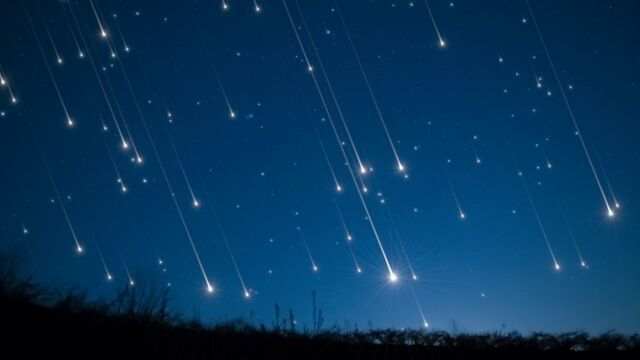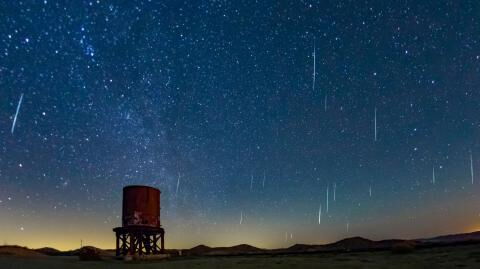Meteor showers are one of the most common astronomical events to occur on earth. In October we witnessed the spectacular Orionids meteor shower along with Draconid, as of this month we have already glimpsed the North Taurids. Some allow us to see hundreds of meteors brush against our atmosphere, while others are timider, with only a handful per hour. But each time, these events are a treat for the eyes. And today's meteor shower may well prove to be a memorable one.
Discover our latest podcast
The Tempel-Tuttle comet
Factually, every meteor shower is associated with a comet. If the Taurids were associated with comet 2P/Encke, this one is associated with 55P/Tempel-Tuttle. This celestial object is named after its discoverers, the German astronomer Wilhelm Tempel and the American astronomer Charles Wesley Tuttle.
Similarly, the Leonids are named after the radiant from which they appear to originate; the constellation Leo.
A potentially massive meteor shower
Unlike the Taurids and their 5 meteors per hour, the Leonids are quite unpredictable. So much so, that NASA itself is unable to accurately predict its hourly meteor rate.
In a press release, the US space agency stated that the Leonids meteor shower can have peaks of 50 to 200 meteors per hour! For information, it is active from 6 to 30 November and will reach its peak on the night of 17 to 18 November.
This article was translated from Gentside FR.
Sources used:
-NASA: The 2022 meteor shower activity forecast for low Earth orbit















